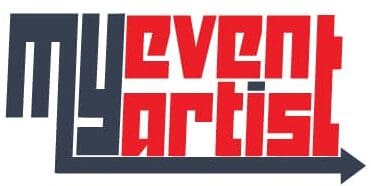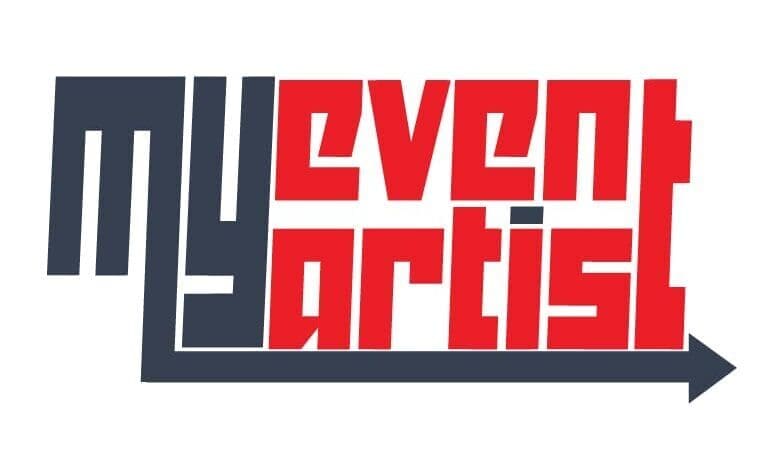Craft compelling apparel logos that resonate with your target audience and effectively represent your brand. This article highlights key elements to consider, such as color psychology, typography, scalability, and versatility, to create memorable and impactful logo designs for your apparel business.
Designing Apparel Logos: Elements to Consider for Effective Branding
Designing a logo for your apparel brand is a critical step in creating a strong and memorable brand identity. A well-designed logo can effectively communicate your brand’s values, establish recognition, and differentiate your business from competitors. In this guide, we will explore key elements to consider when designing apparel logos for effective branding.
- Simplicity:
Aim for simplicity in your logo design. A clean and uncluttered logo is more memorable and versatile. Avoid using too many intricate details or complex shapes that may not reproduce well in various sizes or printing techniques. A simple logo design also helps create a timeless and enduring visual identity that can withstand changing fashion trends. - Brand Identity and Personality:
Your logo should reflect your brand’s identity and personality. Consider your target market, brand values, and desired positioning. Are you aiming for a sleek and modern look, or a more playful and whimsical vibe? The design elements, typography, and color palette should align with your brand’s persona and evoke the desired emotional response from your audience. - Typography:
Choose typography that complements your brand’s image and target market. Fonts can convey different moods and associations. Some fonts evoke a sense of luxury and elegance, while others convey a more casual or edgy vibe. Experiment with font styles that resonate with your brand’s essence and ensure readability across different sizes and mediums. - Color Palette:
Colors play a crucial role in logo design and branding. Select a color palette that aligns with your brand identity and the emotions you want to evoke. Consider color psychology to understand the associations and meanings behind different hues. Experiment with color combinations and ensure your logo remains legible and visually appealing in both color and black-and-white formats. - Versatility:
Ensure your logo design is versatile and adaptable to different applications. Your logo should look great on various mediums, including clothing tags, website headers, social media profiles, and promotional materials. Test the adaptability of your logo by resizing it, converting to grayscale, or placing it on different backgrounds to ensure it remains visually appealing and recognizable. - Uniqueness:
Strive for a unique and distinctive logo that sets your brand apart in a crowded market. Conduct thorough research to avoid inadvertently using similar designs already in use by other brands. Focus on creating a memorable and original logo that captures the essence of your brand and leaves a lasting impression on your target audience. - Scalability:
Ensure your logo is scalable without losing its visual impact or legibility. It should look equally appealing and recognizable whether displayed on a billboard or printed on a small clothing tag. A well-designed logo allows for seamless adaptation across different sizes, ensuring your brand is consistently represented with clarity and professionalism. - Timelessness:
While trends can be inspiring, consider aiming for a timeless logo design that will endure the test of time. Avoid heavily relying on fads or elements that may become outdated quickly. A timeless logo remains relevant, recognizable, and effective in representing your brand, regardless of changing fashion or design trends. - Meaningful Symbolism:
Explore the use of symbolism in your logo design. Symbols can create powerful connections with your target audience and convey deeper meanings associated with your brand’s story. Research and incorporate relevant symbols or imagery that resonate with your brand identity and target market, fostering a stronger emotional connection. - Feedback and Iteration:
Seek feedback from trusted sources during the logo design process. Gather perspectives from team members, industry experts, and targeted focus groups. Iterate and refine your logo based on constructive feedback and insights to ensure the final design captures the essence of your brand and communicates effectively.
Remember, designing an effective apparel logo is a blend of creativity, strategic thinking, and emotional resonance. Invest time and effort into crafting a logo that captures your brand’s essence, differentiates your business, and creates a strong visual foundation for your apparel brand. A well-designed logo goes beyond aesthetics and becomes an integral part of your brand’s identity and success.

